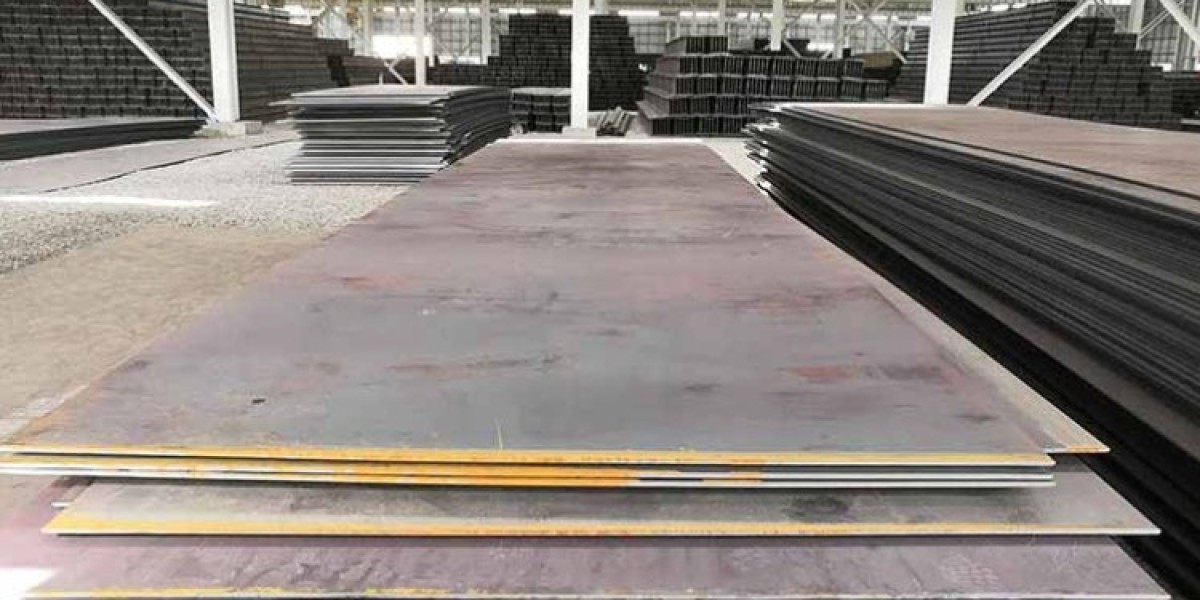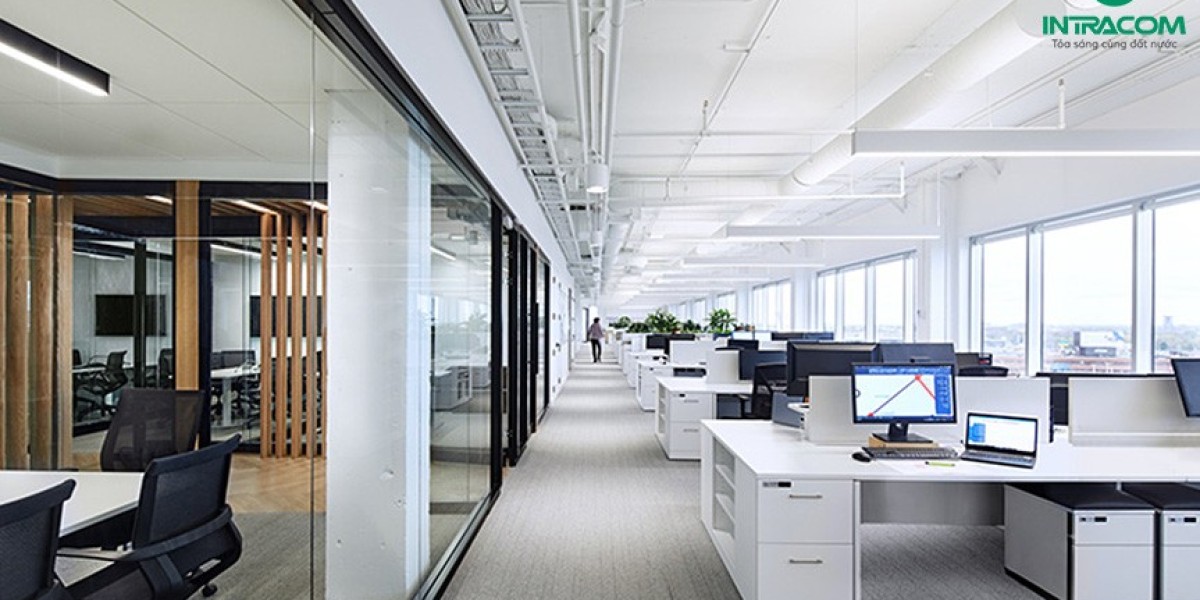Introduction: MS Plate Price Forecast
Mild Steel (MS) plates are essential in various industries due to their durability, versatility, and affordability. Commonly used in construction, automotive, and manufacturing sectors, MS plates form the backbone of infrastructure and machinery projects globally. In recent years, MS plate prices have experienced fluctuations due to changes in raw material costs, shifts in demand, and evolving market dynamics. This MS Plate Price Forecast report provides an in-depth look into the factors affecting MS plate prices, exploring market dynamics, supply-demand analysis, and a comprehensive price forecast for the coming years.
Forecast Report
The MS plate price forecast suggests that prices may see moderate growth in the near future, influenced by demand from multiple sectors and the rising cost of raw materials, particularly iron ore. The price of MS plates is closely tied to the price of steel, which in turn is impacted by global supply chains, energy prices, and economic factors.
Request a free sample copy in PDF: https://www.expertmarketresearch.com/price-forecast/ms-plate-price-forecast/requestsample
In 2023, MS plate prices saw moderate increases driven by high demand from the construction and infrastructure sectors, especially in fast-growing economies. However, this demand was somewhat tempered by inflationary pressures and supply chain disruptions. For the coming years, the forecast indicates steady price growth, especially as the construction sector recovers post-pandemic and governments invest in infrastructure projects. At the same time, innovations in steel manufacturing processes may help moderate some price increases, especially if raw material costs stabilize.
Outlook
The outlook for MS plates remains positive, supported by robust demand from various end-use industries. As global infrastructure projects expand and economies continue to recover, demand for MS plates is expected to grow. Developing economies, particularly in Asia and Africa, are set to drive much of this demand, with governments prioritizing infrastructure development.
Read Full Report With Table Of Contents – https://www.expertmarketresearch.com/price-forecast/ms-plate-price-forecast/toc#toc-div
However, the MS plate market faces certain challenges, including rising production costs due to energy price hikes and potential trade restrictions. These factors could lead to regional variations in MS plate pricing, particularly between import-heavy regions and countries with local production facilities. Furthermore, sustainable manufacturing practices are gaining traction, potentially impacting production costs in regions with stringent environmental regulations.
Market Dynamics
Understanding the dynamics of the MS plate market requires examining key factors such as raw material costs, technological advancements, and global economic trends. Here’s an in-depth look at some of these influential dynamics:
Raw Material Prices: MS plates are produced from iron ore, and fluctuations in the cost of iron ore directly affect MS plate pricing. The past few years have seen volatile iron ore prices due to demand surges from industries like automotive and infrastructure. Any future changes in iron ore supply, driven by mining regulations or production cuts, could further impact MS plate prices.
Energy Costs: The steel industry, which produces MS plates, is energy-intensive, with energy costs constituting a significant portion of production expenses. Rising energy prices, especially for natural gas and electricity, directly increase production costs, leading to higher MS plate prices. Sustainable energy alternatives and advancements in energy-efficient production may offer long-term solutions, but these transitions take time and investment.
Environmental Regulations and Green Steel Initiatives: The global push for sustainability is prompting changes in the steel manufacturing process. Green steel initiatives, aimed at reducing carbon emissions, may result in cleaner but costlier production processes, impacting the cost of MS plates. For example, Europe has implemented stricter regulations on steel production, which could lead to higher costs in that region.
Global Trade Policies: Trade policies and tariffs can significantly impact MS plate prices, especially for regions that rely on imports. For instance, recent tariffs on steel imports in the United States and Europe have led to price increases, while countries with local production capacities benefit from stable pricing. Trade policies will continue to shape the MS plate market, influencing regional price differences and affecting import-reliant countries.
Technological Advancements: The steel industry is continually evolving, with new technologies emerging that improve production efficiency and reduce costs. Techniques such as electric arc furnace (EAF) production, which is more energy-efficient than traditional methods, are gaining traction and may impact MS plate pricing over the long term.
Demand-Supply Analysis
The demand-supply balance in the MS plate market is crucial for understanding price trends. Here’s a breakdown of the primary factors influencing demand and supply in the MS plate market.
Demand
The demand for MS plates is largely driven by construction, automotive, and heavy machinery industries. With global infrastructure projects expanding and economic recovery accelerating, the demand for MS plates remains high. Key demand factors include:
- Construction and Infrastructure Projects: MS plates are widely used in bridges, buildings, and other infrastructure projects. As governments around the world invest in infrastructure to support economic growth, especially in developing regions, demand for MS plates is expected to stay strong.
- Automotive and Machinery Sectors: MS plates play a vital role in the automotive and heavy machinery industries. As these sectors recover post-pandemic, demand for MS plates is likely to increase. Moreover, with the rise of electric vehicles, MS plate demand in automotive manufacturing may see additional growth.
- Renewable Energy and Utility Projects: The growth of renewable energy projects, such as wind farms and solar installations, also contributes to MS plate demand. These projects require durable materials for structural support, creating an additional demand stream.
Supply
On the supply side, MS plate production is concentrated in regions with strong steel industries, such as China, India, the United States, and Europe. However, supply is often affected by various factors, including:
- Raw Material Availability: Iron ore and other essential raw materials are primarily sourced from regions like Australia, Brazil, and parts of Africa. Any disruptions in these regions can impact global supply and cause price fluctuations.
- Production Capacity and Technological Advances: The production capacity of steel mills directly impacts MS plate supply. As more manufacturers adopt efficient and sustainable production methods, the supply is expected to improve over time, although this may be offset by rising demand.
- Logistics and Supply Chain Challenges: Recent disruptions in the global supply chain, including port congestion and shipping delays, have impacted the supply of MS plates. These challenges may continue to affect availability, especially in import-reliant regions.
Extensive Forecast
This extensive MS plate price forecast considers the short-term and long-term factors influencing the market. In the short term, price volatility is expected due to fluctuating raw material costs and supply chain issues. However, in the long term, the forecast suggests a gradual increase in prices, driven by sustained demand from key sectors.
Key forecast considerations include:
- Raw Material Costs: Continued volatility in iron ore prices is expected, making it a primary factor to monitor. Any sustained rise in iron ore costs will likely drive MS plate prices up.
- Energy Price Trends: Given the high energy requirements of steel production, trends in energy costs will significantly impact MS plate pricing. Sustainable energy investments may provide some relief, but only over a long-term horizon.
- Growing Demand from Developing Economies: With infrastructure projects planned in Asia, Africa, and Latin America, MS plate demand is expected to rise, potentially outpacing supply in certain regions.
Overall, the forecast points to a steady upward trend in MS plate prices, albeit with fluctuations due to raw material and energy cost variations.
Detailed Insights
To better understand the factors influencing MS plate prices, it’s essential to consider different market segments and applications:
Construction and Infrastructure Sector: This remains the largest consumer of MS plates. The expanding infrastructure needs in both developed and developing countries are expected to sustain demand, with new projects increasing consumption in the coming years.
Automotive and Machinery Industries: With demand recovering post-pandemic, these sectors continue to contribute significantly to MS plate demand. Emerging trends in electric vehicle production could provide an additional demand boost for MS plates used in vehicle frames and structures.
Regional Variations in Demand and Pricing: Regions with high demand but limited local production capacity, such as Europe, often rely on imports. Consequently, pricing in these regions may be subject to more fluctuations due to transportation and tariff costs, as well as local energy prices.
Environmental Regulations and Green Steel: As environmental regulations tighten, especially in Europe and North America, production costs are expected to rise, influencing the final price of MS plates. Green steel initiatives, though beneficial in the long term, may initially increase costs due to the need for new technology and processes.
Related Reports
- https://www.expertmarketresearch.com/price-forecast/tomato-paste-price-forecast
- https://www.expertmarketresearch.com/price-forecast/tomato-powder-price-forecast
Media Contact:
Company Name: Claight Corporation
Contact Person: Amanda Williams, Corporate Sales Specialist – USA
Email: sales@expertmarketresearch.com
Toll Free Number: 1-415-325-5166 | 44-702-402-5790
Address: 30 North Gould Street, Sheridan, WY 82801, USA
Website: https://www.expertmarketresearch.com







